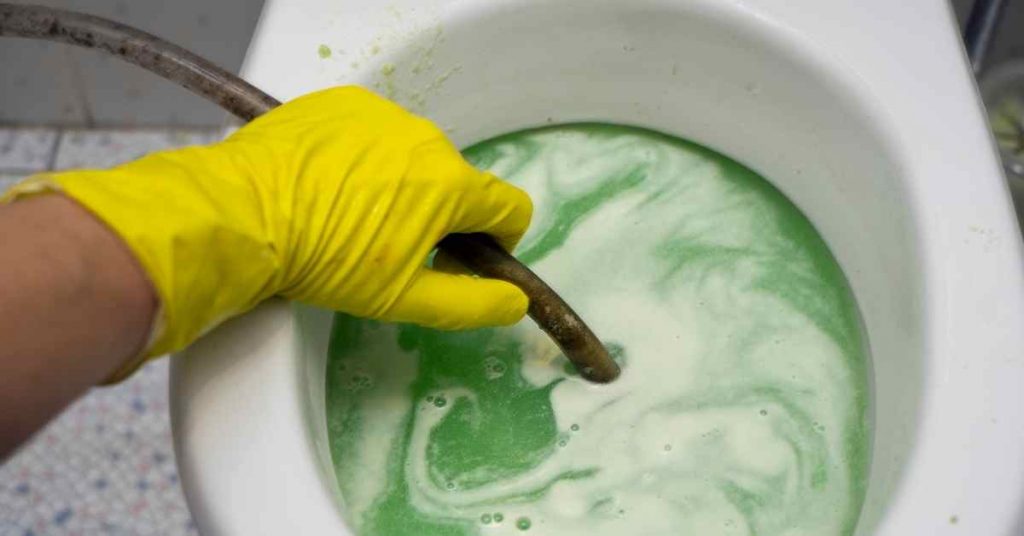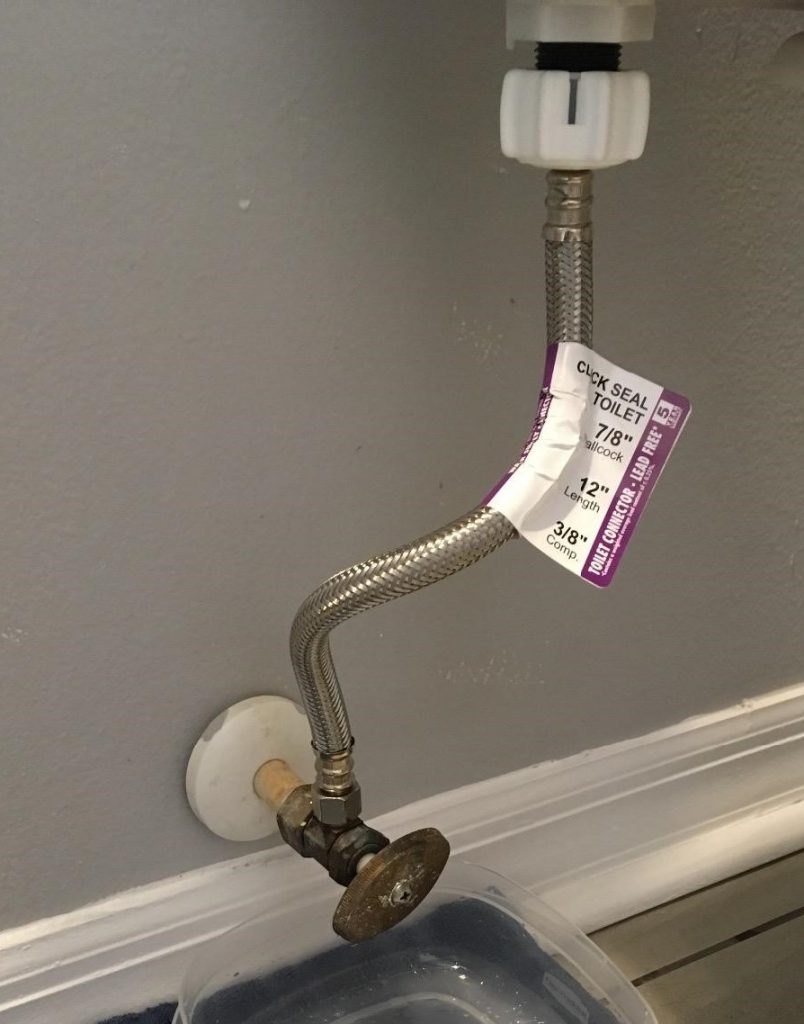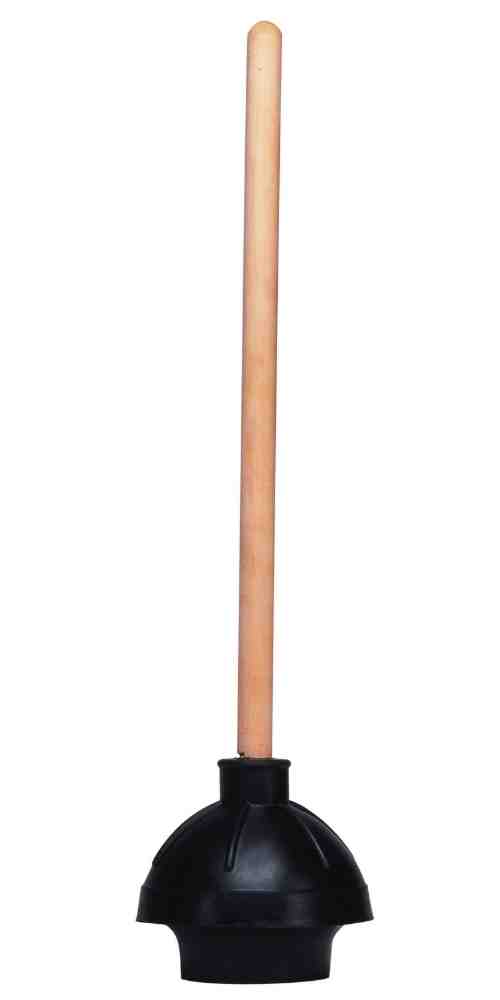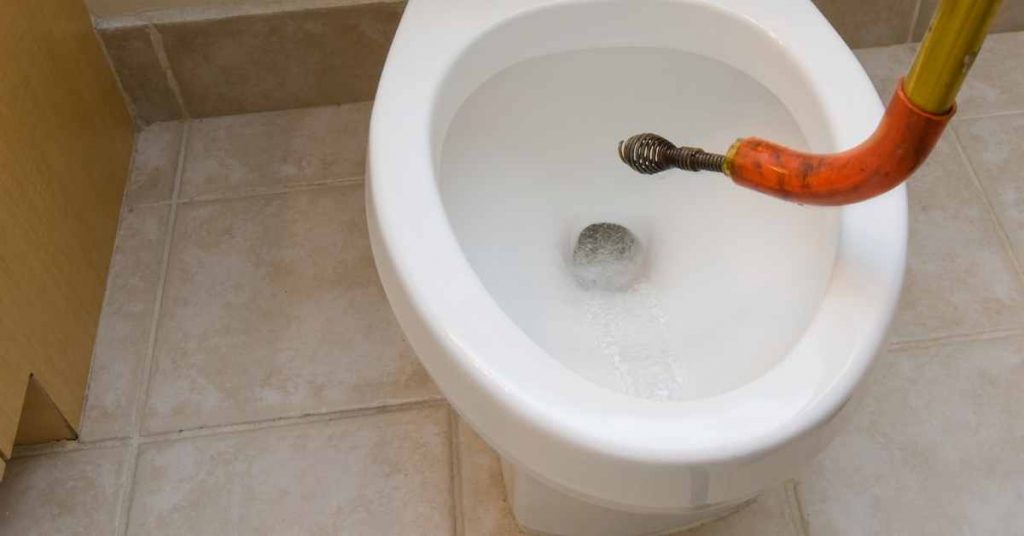
A toilet may sometimes appear to unclog itself, but it’s typically due to specific factors in the plumbing system rather than a true self-unclogging mechanism. Here’s a summary of when a toilet might seem to unclog itself and when it won’t:
When a Toilet Might Seem to Unclog Itself
- Minor Clogs: In cases of minor clogs, where the blockage is not severe and there’s still some water flow, the water pressure from subsequent flushes may gradually dislodge and clear the obstruction over time.
- Dissolving Toilet Paper: Toilet paper can break down and dissolve in water, especially if it’s not an ultra-thick or heavy-duty variety. In some cases, this may help clear minor clogs over time as the paper disintegrates.
- Intermittent Blockages: If the clog is due to an intermittent or partial blockage, water flow may vary, and at times, the toilet might flush properly, giving the appearance that it has unclogged itself.
When a Toilet Won’t Unclog Itself
- Severe Clogs: For significant or stubborn blockages caused by foreign objects, excessive waste, or hard materials, a toilet is unlikely to unclog itself. These situations often require intervention.
- Blocked Drain Line: If the clog is not within the toilet itself but in the drain line further down, flushing the toilet repeatedly won’t resolve the issue, and professional help may be needed.
- Persistent Problems: Chronic clogs or recurring issues suggest an underlying problem in the plumbing system that won’t clear on its own. It’s essential to identify and address the root cause.
What Determines If a Toilet will Unclog Itself
I don’t have the data with me but I can tell you for sure that thousands of toilet plungers and snakes are sold monthly in the United States. That should be enough to tell you that toilet don’t always unclog themselves.
It could also mean that most people don’t have the patience to wait to find out if the toilet will ultimately unclog itself.
There are 2 scenarios that happen when you have a clogged toilet. You can have a fully clogged toilet or a partially clogged toilet.
With a fully clogged toilet, the toilet cannot drain any water and you will therefore have water in the bowl. On the other hand, a partially clogged toilet will be draining slowly, meaning the clog will be left in the bowl as the water drains out.
It is easy for waste to dissolve when there is water in the bowl unlike when there is no water in the bowl. As such, a fully clogged toilet is more likely to unclog itself than a partially clogged (slow draining) toilet.
One thing to remember is that a partially clogged toilet could be as a result of a solid clog in the toilet drain line like a toy which only allows water to pass through but not solids.
Such a clog will need to be physically removed using a snake and no matter how long you wait the toilet will not unclog itself.
The other thing that determines if a toilet will unclog itself is the type of material clogging it. This is actually very simple; if the clog is water-soluble, the toilet is likely to unclog itself.
Feces, toilet paper, soap and other such items will dissolve in water and after some time the clog will just unclog itself. On the other hand, insoluble items like combs, toys, diapers, wet wipes etc will not dissolve in water and hence the toilet has no chance of unclogging itself.
How to Prevent a Clogged Toilet from Overflowing

Even as you wait to see if a toilet will unclog itself, it is important to make sure that it doesn’t overflow and flood your bathroom with contaminated water.
The first thing you should do is to turn off water to the toilet. This is especially important if there are several people in the house who may end up flushing the already clogged toilet.
To turn off water to the toilet, locate the shut off valve on the wall behind the toilet. Turn the valve all the way clockwise.

Even after turning off water to the toilet, remember that you still have water inside the toilet tank. Draining the tank should be the next step.
You can either drain the tank by scooping the water with a cup and emptying it in a bucket or you can simply siphon it with a garden hose.
Unlike the water in the bowl, the water inside the tank is clean and you should not be afraid to siphon it using your mouth.
How to Unclog a Toilet
If you do not want to wait until your toilet unclogs itself, there is more than one way to clear the clog in just a few minutes.
The following are some of the methods to unclog a toilet:
1. Plunge the Toilet
A toilet plunger will clear toilet clogs most of the times. However, you need to be careful when selecting a plunger.
There are 2 types of plungers. The first one is the flat-bottomed or cup plunger and then there is the flange plunger also known as a bell-shaped plunger.
Flat-bottomed plunger is designed to be used to clear clogs in sink, tub, shower and such drains. On the other hand, a flange plunger is what you need to unclog a toilet.
Flange plungers are designed to completely seal the opening at the bottom of the toilet bowl and therefore generate sufficient pressure to dislodge the clog.

To plunge effectively, make sure that you have some water inside the bowl so as to have a better seal between the plunger and the bowl. However, the bowl shouldn’t be completely full otherwise water will spill on the floor. A ¼ full bowl is ideal.
To start plunging, position the plunger on the bowl drain opening and start to plunge gently. This is important to prevent water from splashing on your and to also properly engage the plunger.
When the plunger is properly engaged, plunge aggressively for a few minutes without lifting the plunger off the toilet. Lift the plunger to see if the toilet will drain the water, otherwise keep plunging.
2. How to Unclog a Toilet without a Plunger
If you don’t have a plunger, there are other ways that you can still unclog a toilet. I have over the years found one method to be very effective.
The method involves the use of baking soda, vinegar and hot water. As a matter of fact, hot water on its own can actually dissolve the clog very fast and unclog the toilet.
This is how you unclog a toilet using baking soda and vinegar:
- Drain the water in the bowl. This will not be pleasant but you really want the baking soda, vinegar and hot water to work on the clog directly. Wear elbow-length nylon gloves and start draining the water in the bowl into a bucket using a cup.
- Add 1 cup of baking soda inside the bowl followed slowly by another cup of vinegar.
- The two substances will react together in a fizzing reaction. Give the solution 15 minutes to work out its magic.
- Dump a gallon of hot water in the bowl and watch what happens.
While baking soda and vinegar will break down the clog, the hot water will break it down even further and flush it down the drain line.
Note! Only use hot water from a faucet but not boiling water from a stove. Boiling water can cause the toilet bowl to crack.
3. Snake the Toilet

If you have a clog inside the toilet drain which cannot dissolve in water, a toilet snake, also known as a toilet auger is the tool to use.
An auger will either shred the clog into tiny pieces or hook it and pull it to surface. You however need to know how to use it properly.
If you are not careful, a toilet auger can badly scratch a toilet bowl and at worse even damage your plumbing pipes.
Here is how to unclog a toilet using a toilet auger:
- Pull the cable inside the tube so that the auger head is held tightly at the bowl guide.
- Introduce the auger head inside the toilet drain by positioning the bowl guide at the bottom of the bowl. That will prevent the auger head from coming into contact and scratching the bowl.
- Push the cable down the drain line until you encounter resistance.
- Start turning the handle clockwise until you move past the resistance. As you turn the handle, the cable should turn as well but not twist. If it starts to twist pull it out then start again.
- As you pull the snake out of the drain line, make sure the bowl guard is at the bowl’s drain opening, again to prevent scratching the bowl.
Conclusion
A toilet will most likely unclog itself, but there is a chance that it may not. You can decide to wait and find out or you can go ahead and unclog it.
If the toilet just won’t unclog, you can opt to pull it out and check what is causing the clog. With the toilet out, it is also very easy to snake the 3 or 4-inch drainpipe even with a longer motorized drain snake.
You can also decide to call in a plumber. Plumbers have better tools to unclog drains and unlike you they have more experience in the same.
